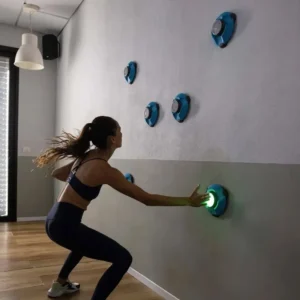Skill acquisition for athletes is a multifaceted process crucial for achieving peak performance for individuals’ in their respective sports. At its core, skill acquisition involves the development and refinement of motor skills, cognitive abilities and perceptual capabilities through deliberate practice and learning. The two prominent methods utilised in skills acquisition are Block Practice and Random Practice, each offering unique advantages and challenges.
Block practice involves repetitive drills focusing on a single skill or technique for an extended period. Athletes perform the same movement or skills repeatedly in a predictable and consistent environment. This approach allows athletes to develop muscle memory and refine technique through controlled repetition of the desired task. Block practice is effective for mastering fundamental skills and building confidence, as athletes experience rapid improvements in performance due to the focussed nature of the training.
On the other hand, Random practice involves interweaving different skills or tasks within a training session, creating a more variable and challenging learning environment. Athletes switch between various skills or techniques requiring them to adapt quickly to changing demands. Random practice enhances skills transfer and retention by promoting deeper learning and facilitating the development of adaptable strategies. Although progress may appear slower initially compared to Block practice, Random practice offers more robust skill acquisition, leading to superior performance in competitive settings.
The choice between Block and Random practice depends on the specific goals and stage of skill development. Block practice is beneficial for novice athletes or when mastering basic skills, providing a structured approach to skill acquisition. Conversely, Random practice is more suitable for advanced athletes seeking to refine their skills and enhance their ability to perform under pressure. Incorporating both methods strategically throughout training programs can maximise skill acquisition and performance outcomes.
Furthermore, the effectiveness of Block versus Random practice can vary depending on the nature of the sport and the specific skills being trained. Sports with predictable and repetitive movement patterns may benefit from Block practice initially, while sports requiring quick decision-making and adaptability may favour Random practice for skill acquisition.
In conclusion, skills acquisition for athletes is a dynamic process influenced by various factors, including practice methods such as Block and Random practice. Both approaches offer distinct advantages and challenges, and their selection should be based on the athlete’s goals, stage of development, and the demands of the sport. By understanding and implementing these principles effectively, athletes can optimise their skills acquisition leading to enhanced performance and success in their respective disciplines.




